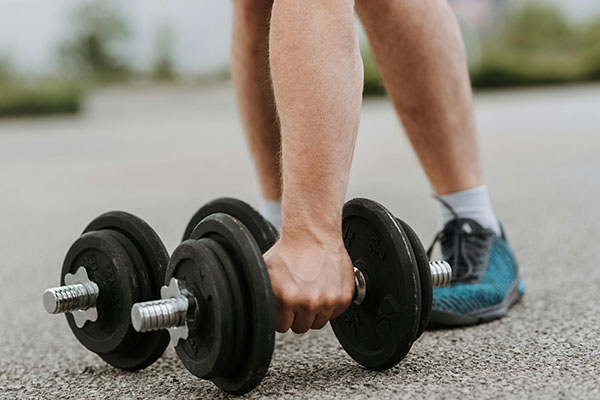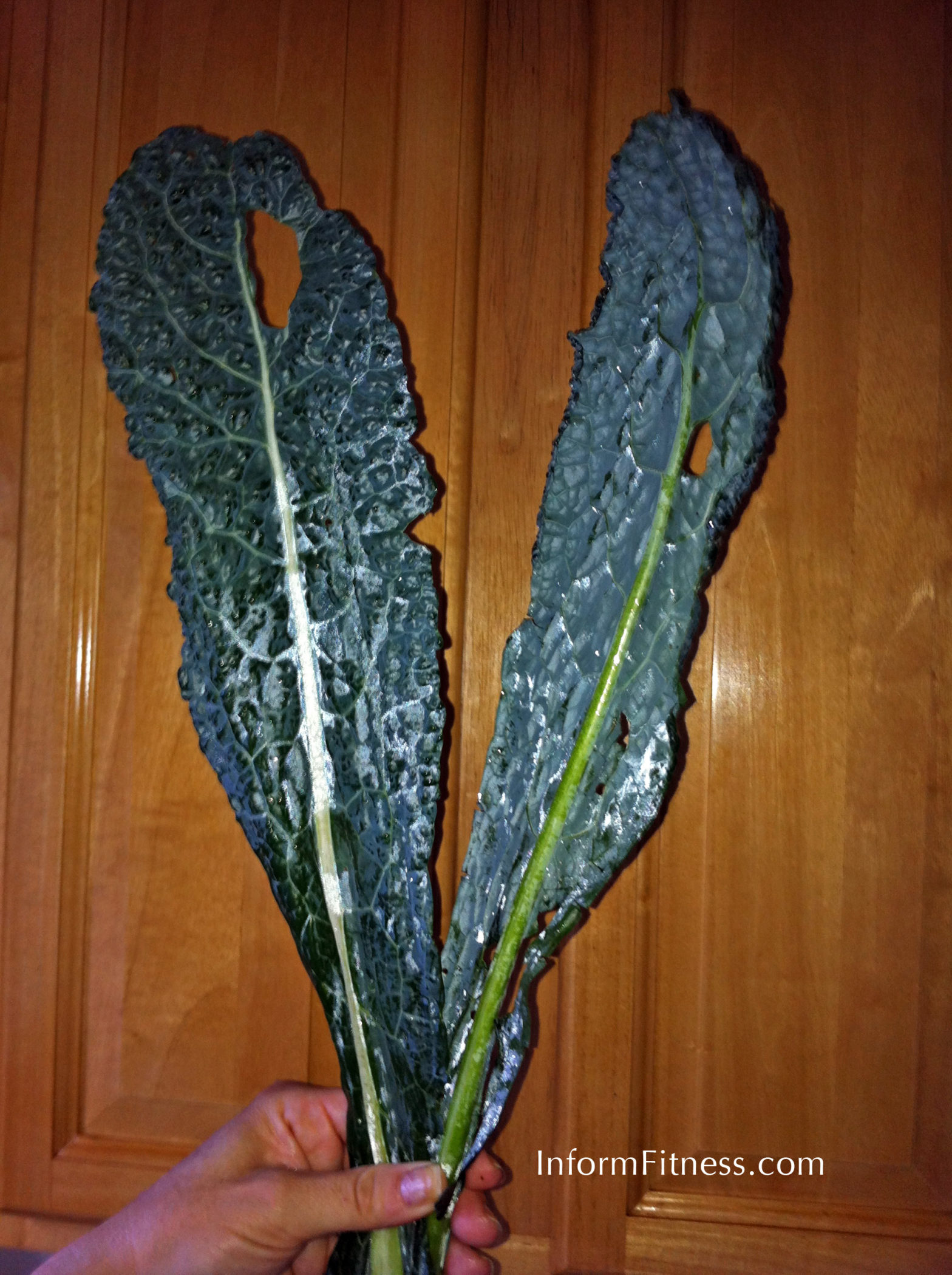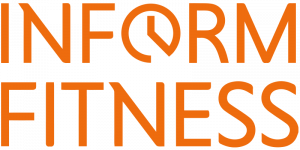![]()
The overly commercialized fitness industry is forever trying to accommodate society’s never-ending quest to get fit, be healthy and to live forever. Without fail, the body of our dreams is always just one next ‘big thing,’ celebrity diet secret, or magic pill away.
The Insanity Workout is yet another promise for the delivery of miraculous results. Claiming to burn an astonishing (and convenient) 1,000 calories per hour, this 60-day, “max-interval training” uses a technique of “long bursts of maximum-intensity exercises with short periods of rest.” In my opinion, no matter how the workout is packaged and marketed, it’s just another gimmick.
First of all, rarely is anything genuinely new, just discovered, or for the first time being revealed to the general public. At best, it is a spin-off from something that has been around for a while, been tried and tested, and if you read their fine print, “yield results that are not typical.”
P90X, a workout similar to the Insanity Workout (and coincidentally owned by the same company, Beachbody LLC), in 2003 bombarded the market. P90X is a 90-day program that combines a variety of exercise techniques, including various calisthenics, cardio, yoga, plyometrics and stretching. Both the Insanity Workout and P90X emphasize the unproven training method known as ‘muscle confusion.’ The theory behind ‘muscle confusion’ is that by continually varying exercises, the muscles in your body are prevented from adapting to a predictable routine over time and thus hitting the ill-fated plateau.
Nonsense! Muscles can’t be ‘confused,’ duped or even bewildered. Muscles don’t predict, anticipate or get bored.
Every muscle in the body can do two things, and two things only; contract and relax. That’s what muscles do. When you flex your elbow, your bicep contracts, and when you straighten your elbow, your bicep relaxes. So it makes more sense that if you want to avoid that dreaded plateau, simply lift the heaviest weight you can to reach muscle failure for each muscle group and then rest long enough to allow the muscles to rebuild.
Now which theory seems more plausible – muscle confusion or muscle building?
Additionally, P90X and the Insanity Workout claim to burn a thousand calories an hour. Think about that – it just doesn’t make sense. We were never meant to burn calories at that rate – if we were then we would have never survived as a species! Even if we could expend calories at such a magnificent rate, our hunger would be insatiable and our ravenous appetites would replace those lost calories. And, if the calories weren’t replaced, our bodies would compensate for the calorie deficiency with drastically lower metabolisms. The low carbohydrate diets endorsed by these programs and recommended in conjunction with the training regimes are more likely the responsible component for the fat loss reported rather than the insane workout.
That said, what is truly insane about these workout programs are their recommendations to work out six consecutive days a week. That’s six hours a week – or nearly a full working day every week. And with only one day of rest!
Although I agree that an exercise program should be intense, I maintain that rest and recovery are essential for results. The five to seven days of rest recommended by the Power-of-10 protocol is the minimum time required for the body to grow stronger. The building of muscle is the desired adaptive response to the exercise stimulus. Following the correct application of intensity level, the real ‘magic’ takes place during the recovery time.
The frequency, duration and high-force nature of the Insanity Workout and P90X, as well as countless other training methods, often result in injury. These injuries will not only prevent you from being consistent with your workouts, but also from living your life with ease, without injury-related pain, on a day-to-day basis.
The Power of 10 is a safe, efficient, once-a-week exercise program. You’ll achieve the same results safely, while gaining an extra five plus hours each week to do things you actually enjoy!







